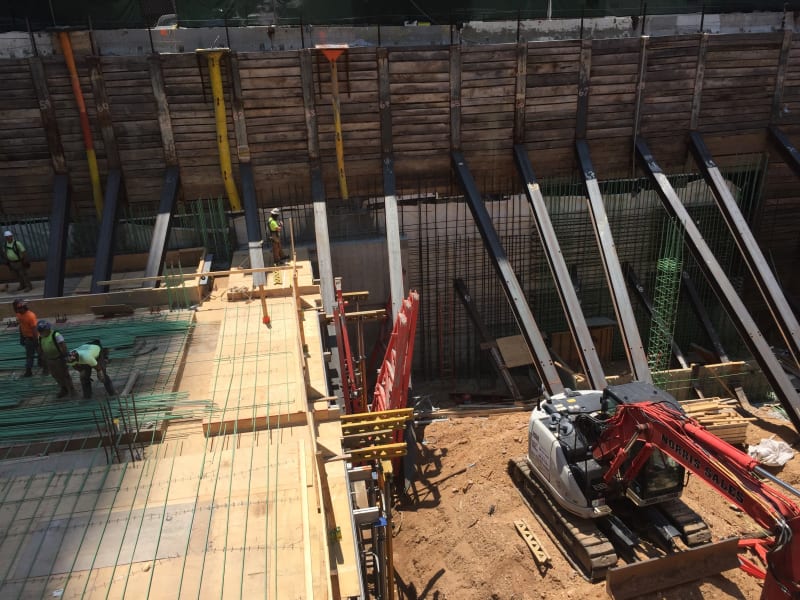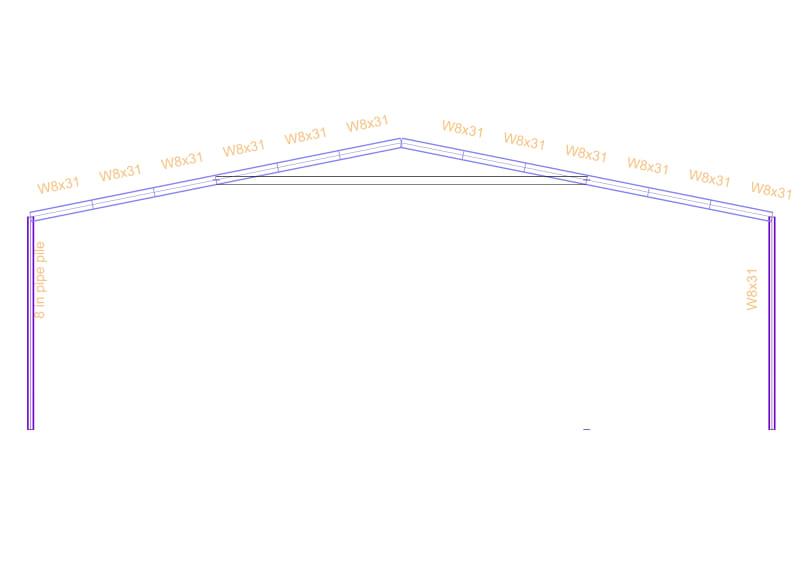Hi all,
Please find the attached image.
The building has 2 basement floors+ 2 floors (used as shows)+ 4 typical floors (used as flats). The mat foundation is 800mm thick. The basement floors are 3.6m high floor-to-floor each. My first thought is using piles for excavation support. My worry is the piles will interfere with boundary columns. What is the best practice to avoid such a condition?
Please find the attached image.
The building has 2 basement floors+ 2 floors (used as shows)+ 4 typical floors (used as flats). The mat foundation is 800mm thick. The basement floors are 3.6m high floor-to-floor each. My first thought is using piles for excavation support. My worry is the piles will interfere with boundary columns. What is the best practice to avoid such a condition?




